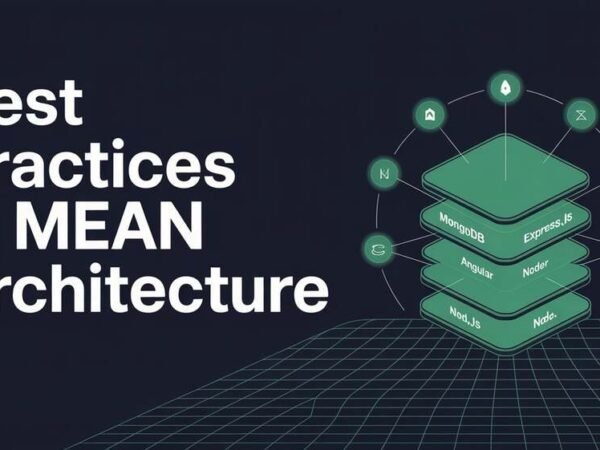What Is Post Quantum Encryption And Data Protection?
The quantum encryption algorithm and post-quantum encryption are necessary to protect the data. Post-quantum encryption is the security parameter to save your data from any hacking. The PQC company has developed the post-quantum algorithm to protect your data from any hacking attempt. The government and scientific laboratories’ data are sensitive. You can use the Post Quantum Alogritum to avoid any data breach attempt.
Why to Use the Post Quantum Algorithm:
The reason for using the Post Quantum Algorithm is that quantum computing devices are emerging and coming to the surface. The PQC company has successfully developed algorithms to protect computers from quantum attacks. Quantum computers are real, as they can be used to hack conventional computing devices. The reason for that is the different types of technology used in quantum computers. Post-cryptography can protect data from hacking and avoid any hacking attempt. The governmental institution’s data is essential, and quantum computers can breach them. This is the main reason the PQC company has developed post-quantum encryption.
Key Principles of Post Quantum Encryption:
There are certain principles of quantum encryption, like quantum superposition and entanglement. The quantum superposition is based on the principle that the quantum bits (qubits) can exist in multiple states. On the other hand, quantum entanglement is based on the entanglement properties of quantum mechanics. The entangled particles remain connected, allowing instant communication. The post-quantum encryption algorithm is developed on the same principle to tackle the quantum computer.
Quantum Superposition:
Quantum bits (qubits) can exist in multiple states simultaneously, making it difficult for unauthorized parties to decode encrypted data.
Quantum Entanglement:
Two entangled particles remain connected, allowing instant communication of changes between them and ensuring secure key exchange.
No-Cloning Theorem:
Quantum states cannot be copied without altering their state, making eavesdropping detectable.
Applications of Post-Quantum Encryption in Data Protection
Secure Communication: Governments and businesses use quantum encryption for confidential communications.
Financial Transactions: Banks and financial institutions utilize it to protect sensitive transaction data.
Healthcare: Secures patient records and ensures HIPAA compliance.
Military and Defense: Safeguards classified information against cyber threats.
Critical Infrastructure: Protects power grids, water systems, and other vital systems from cyberattacks.
Advantages of Post-Quantum Encryption
Unprecedented Security: Provides security that classical cryptography cannot match.
Future-Proof: Shields data from potential quantum computing threats.
Real-Time Threat Detection: Eavesdropping attempts are immediately flagged.
Challenges in Adopting Quantum Encryption
High Costs: Building quantum encryption infrastructure is expensive.
Complexity: Requires specialized hardware and expertise.
Scalability: Limited range and deployment in practical applications.
Integration: Compatibility with existing systems can be challenging.
Conclusion
Quantum encryption algorithms represent the future of data protection, offering unparalleled security against evolving cyber threats. While widespread implementation remains challenging, the potential benefits make it a critical technology for safeguarding sensitive information in the quantum era.
Do Read: Financial Updates Aggr8Finance: Your Ultimate Guide to Smarter Investing













